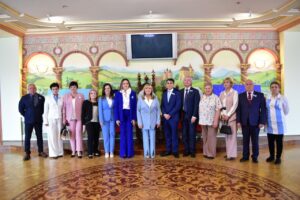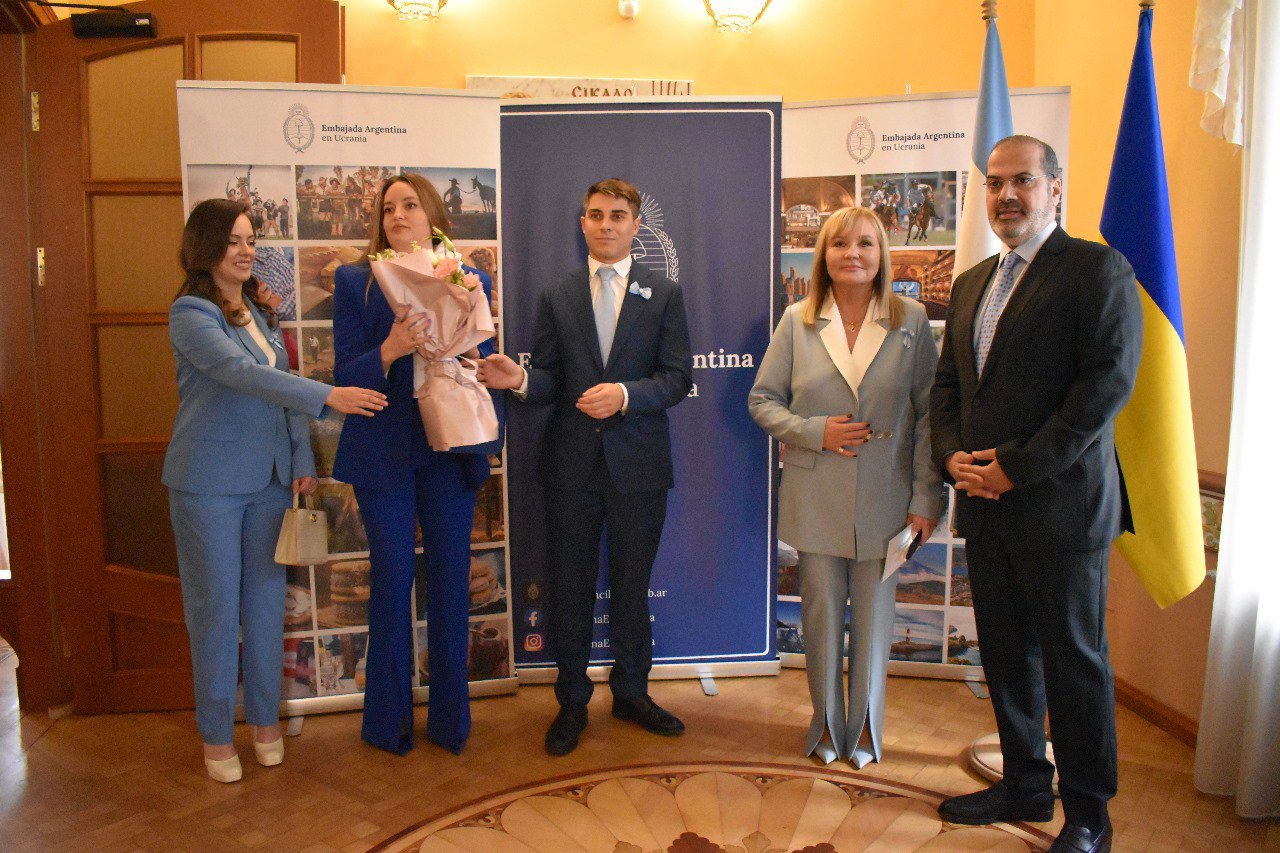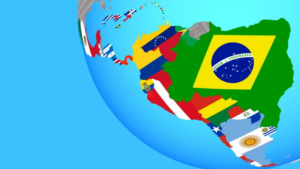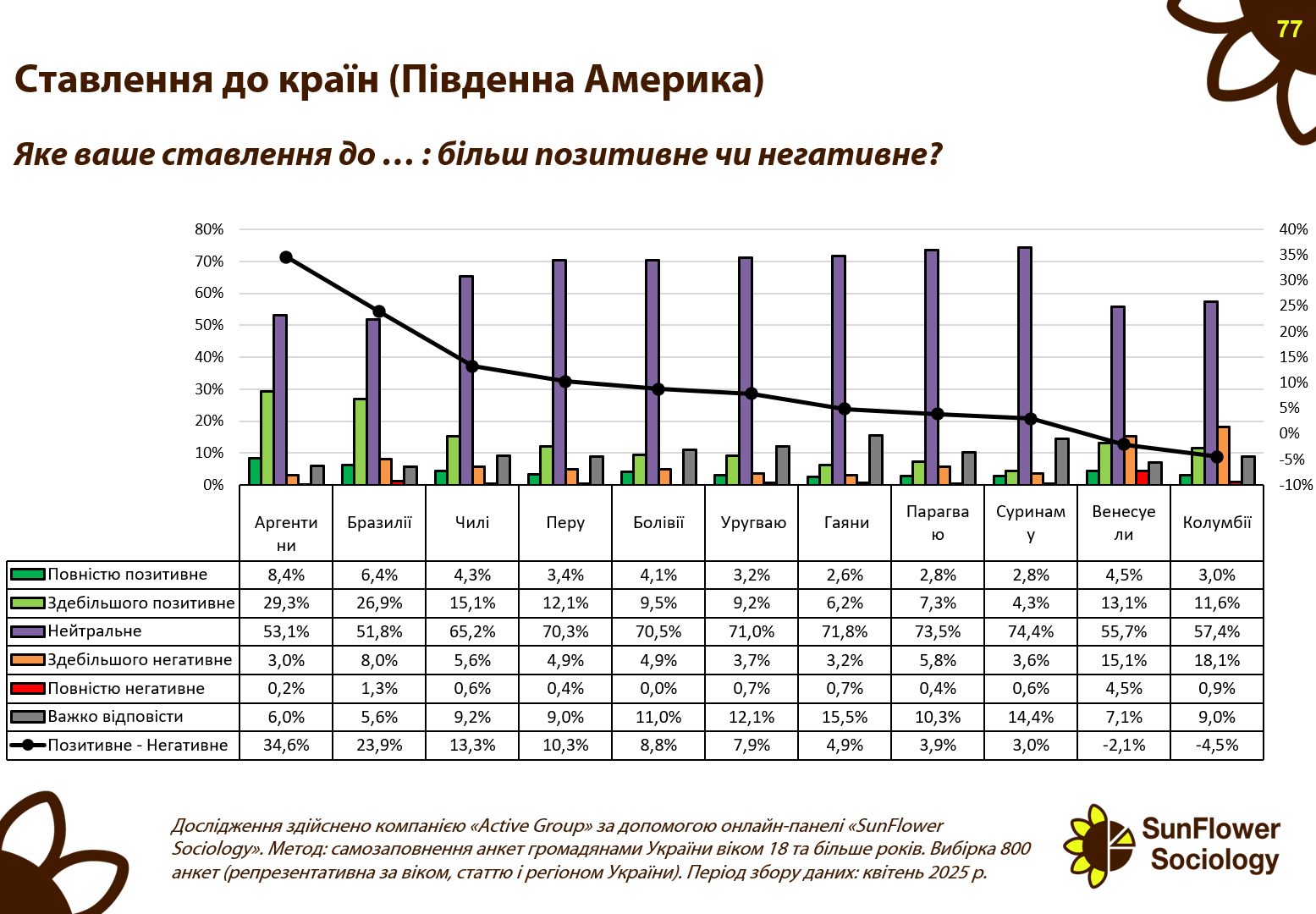
On May 23, 2025, US President Donald Trump announced his intention to impose a 50% tariff on all goods imported from the European Union starting June 1. This decision was explained by the lack of progress in trade negotiations and accusations of unfair trade policies on the part of the EU.
Trump stressed that the EU is “very difficult to do business with” and that the negotiations are “going nowhere.” He also noted that goods produced in the US will not be subject to the new tariffs.
In addition, Trump threatened to impose a 25% tariff on Apple products if the company does not move iPhone production to the US. This statement caused Apple shares to fall 3% in pre-market trading.
Analysts warn that the introduction of 50% tariffs could lead to a 1.7% decline in GDP in Germany and a 4% decline in Ireland over three years. European markets reacted with a decline: the Stoxx Europe 600 index fell 1.7%, and shares of exporters such as Stellantis and Deutsche Bank lost up to 4.6% in value.
The EU is considering retaliatory measures, including the introduction of tariffs on US goods worth up to €95 billion, including Boeing products, cars, and bourbon. Negotiations between EU and US representatives are continuing, but the prospect of a large-scale trade war is causing concern on both sides.
Thus, the measures announced by Trump could significantly exacerbate trade relations between the US and the EU, affecting global markets and the economy as a whole.

As of 23 May 2025, the cryptocurrency market is showing positive momentum, growing on the back of optimism about regulatory changes in the US and growing institutional interest.
Key Indicators
– Total market capitalisation: $3.53 trillion, up 0.66% over the last day.
– Total trading volume: $456.35bn.
– Bitcoin dominance: 62.38%.
Bitcoin (BTC)
– Current price: $110,856.
– 24-hour high: $111,970.
– Low for the day: $110,404.
Bitcoin continues to consolidate around the $111,000 level, showing stability after reaching an all-time high.
Ethereum (ETH)
– Current price: $2,657.17.
– 24-hour high: $2,727.05.
– Low for the day: $2,664.70.
Ethereum is showing positive momentum, approaching the $2,700 level, which could indicate a potential breakout in the near future.
Other cryptocurrencies
– Solana (SOL): $186, up 23% for the month, capitalisation $96.7 billion.
– BNB: $698, up 9% for the month, capitalisation $98.2bn.
Technical analysis
– Bitcoin: Relative Strength Index (RSI) at 54.21 indicates balanced momentum, which could precede continued upside or a short-term pullback.
– Ethereum: A bull flag formation on the daily chart and rising trading volumes could indicate a potential breakout to the $4,000 level.
General trends
The cryptocurrency market continues to grow on the back of positive news about regulatory changes in the US and growing institutional interest. However, investors should be cautious given the potential market fluctuations.

Celebrations were held in the capital of Ukraine on the occasion of the 77th anniversary of the declaration of independence of the State of Israel. The event brought together representatives of the diplomatic corps, Ukrainian authorities, the Jewish community, public organizations, artists and friends of Israel from different regions of Ukraine.
Ambassador Extraordinary and Plenipotentiary of the State of Israel to Ukraine Michael Brodsky delivered a welcoming speech.
“Thank you for joining us today to celebrate the 77th anniversary of Israel’s independence,” the Ambassador addressed the guests.
He emphasized the deep historical and mental connection between the Ukrainian and Israeli peoples:
“There are few countries in the world that understand each other better than Israel and Ukraine. On February 24, 2022, from the first day of Russian aggression, the people of Israel supported Ukraine. On October 7, when the horrific terrorist attack on Israel took place, the people of Ukraine unequivocally supported our country. We feel this support and highly appreciate it,” the diplomat emphasized.

The ambassador devoted a special place in his speech to the topic of freedom and the price paid by the peoples of both countries for their independence.
“Our peoples are acutely aware of the high price we have to pay for our independence. We pay for it with the blood of our children and our loved ones. Israelis and Ukrainians live in hope for a speedy end to the war and peaceful life,” Brodsky said.
The ambassador expressed confidence in a common future:
“I am confident that in spite of everything, we will cope with our problems. That despite wars and terror, our countries will remain free and independent,” he said.
The diplomat also mentioned the historical figure of Golda Meir, the fourth Prime Minister of Israel, who was born in Kyiv:
“Recently, we have often recalled Golda Meir. Many of her quotes sound very modern today. I would like to remind you of one of her statements: “Pessimism is a luxury that Jews can never afford.” This fully applies to Ukrainians as well,” Michael Brodsky emphasized.

Israel’s Independence Day (Yom HaAtzmaut) is celebrated according to the Jewish calendar on the 5th of Iyar (May 13, 2025). It was on this day in 1948 that David Ben-Gurion proclaimed the establishment of the independent State of Israel in Tel Aviv after the end of the British Mandate in Palestine. The very next day, the newly created state was attacked by neighboring Arab countries, which marked the beginning of the War of Independence. Since then, Israel has annually celebrated this date as a symbol of victory, survival, and national revival of the Jewish people.

On Tuesday, the Kyiv Academic Puppet Theater hosted a gala concert dedicated to the legendary Argentine composer Astor Piazzolla, entitled “Tango Freedom.” The event was timed to coincide with the 215th anniversary of the May Revolution in the Argentine Republic, an event that marked the beginning of the struggle for Argentina’s independence in 1810.
The celebration was organized by the Embassy of Argentina in Ukraine with the participation of representatives of the Ukrainian authorities, the diplomatic corps, artists, and the cultural community. The guests of honor at the event were First Deputy Minister of Foreign Affairs of Ukraine Serhiy Kyslytsya, Deputy Head of the Office of the President Ihor Zhovkva, as well as deputies, ministerial officials, and ambassadors of foreign states.

“Dear compatriots, welcome to the celebration of the 215th anniversary of the May Revolution of 1810, which marked the beginning of the path to our independence. Today, we honor that same spirit of freedom here in Ukraine, in a country that is defending its sovereignty, its territorial integrity, and its right to choose its own path with impressive courage and dignity,” said the Ambassador Extraordinary and Plenipotentiary of the Argentine Republic to Ukraine, Ms. Elena Leticia Mikusinski, addressing the guests.

The ambassador also quoted a statement by the Argentine Minister of Foreign Affairs:
“Since the beginning of the Russian invasion, we have always stood by Ukraine. We have supported its legitimate right to defend its territory and sovereignty. We will continue to support Ukraine,” the statement said.
In his speech, Serhiy Kyslytsya drew historical parallels between the revolutionary movement in Argentina in the early 19th century and Ukraine’s current struggle for freedom.

“215 years ago, a powerful impulse was born in Buenos Aires – the May Revolution. In 1810, Argentinians chose freedom, dignity, and independence. Today, Ukraine is fighting for these very principles. That is why the slogan of this event is so close to our hearts: Tango de la libertad,” he emphasized.
The diplomat also recalled that Argentina was the first country in Latin America to recognize Ukraine’s independence in 1991, and even earlier, in 1921, recognized the Ukrainian People’s Republic.
“Today, Argentina stands with Ukraine once again in condemning Russian aggression and providing humanitarian aid, in taking a clear stance for the truth and freedom of Ukraine. This is not just diplomacy. This is true friendship. Amistad valiente. Amistad verdadera,” Kyslytsya emphasized.

The cultural program included the performance of the national anthems of Ukraine and Argentina by Yana Tatara, a buffet with traditional Argentine empanadas and Malbec wine, as well as performances by tango artists Oleg Syryka, Natalia Zavadskaya, Dmitry Kuyun, and Natalia Luzan.
The highlight of the evening was the “Tango Freedom” concert dedicated to Astor Piazzolla, a composer who radically changed the world’s perception of tango by combining it with elements of jazz and classical music in the nuevo tango style.
“Tonight we will witness the unity of wonderful Ukrainian musicians who will perform the works of our beloved Astor Piazzolla. May the same music always sound in this tango of two nations — the music of freedom,” said Ms. Mikusinski.
The May Revolution (Spanish: Revolución de Mayo) took place in Buenos Aires on May 18–25, 1810. As a result, the Spanish colonial administration was removed, and the national government — the First Junta — became the first step towards Argentina’s independence, which was declared on July 9, 1816.
Astor Piazzolla (1921–1992) was an outstanding Argentine composer and bandoneon player, founder of the nuevo tango style, which combined traditional tango with elements of jazz, classical music, and avant-garde. His work is known throughout the world and is considered one of the symbols of Argentina’s cultural identity.
ARGENTINA, Elena Leticia Mikusinski, Kyslytsia, May Revolution, UKRAINE, танго

The number of transfers via payment systems in Ukraine in 2024 increased by 28.5% to almost 1.1 billion transactions, and their amount increased by 83.7% to UAH 1.34 trillion. NovaPay handled the most transactions, while PrivatMoney was the leader in terms of volume, according to the NBU.
“During 2024, money transfer services were actually provided by 24 payment systems, including 15 systems created by residents and 9 systems created by non-residents,” the National Bank said in its 2024 financial market infrastructure oversight report.
According to its data, the volume of transactions through PrivatMoney, operated by PrivatBank, grew in dollar terms to $19.24 billion from $3.65 billion in 2023, while NovaPay’s volume grew to $7.12 billion from $6.37 billion. The NBU clarified that while NovaPay conducts all transactions within Ukraine, PrivatMoney’s share of Ukrainian transactions amounted to 87.15% last year.
The payment system “Financial World” of the operator Ukrainian Payment System LLC closes the top three, with volumes growing last year to $3.98 billion from $3.0 billion in 2023.
The growth of the leaders is partly explained by the departure from the market of the Moneycom payment system operated by Swift Garant LLC, which ranked third in 2023 with a volume of $3.50 billion.
In terms of the number of transactions, NovaPay remains the leader with 411 million, although PrivatMoney is close behind with 403 million, and Financial World has 165 million transactions.
The average amount of a single transfer within Ukraine in 2024 increased by 42.8% to UAH 1,231.3. At the same time, the volume of transfers from abroad remained almost at the previous year’s level.
In 2024, Mastercard and Visa were also included in the National Bank’s list of important payment systems.
Among these card payment systems, Mastercard remains the leader in terms of the number and amount of payment transactions, with 7.22 million transactions worth $120.22 billion, while Visa has 6.29 million transactions worth $95.47 billion. At the same time, Visa’s lag narrowed: according to the results of 2024, its share of transactions was 46.51% compared to 43.07% in 2023.
In total, the amount of payments through card systems grew last year in dollar terms by only 1.3% to $216.4 billion.

A survey conducted by Active Group in partnership with Experts Club found that among South American countries, Ukrainians have the highest level of sympathy for Argentina. According to data published in April 2025, 8.4% of respondents expressed a completely positive attitude toward this country, and another 29.3% expressed a mostly positive attitude. Thus, Argentina has the highest positive balance in the region — 34.6%.

Brazil came in second place in terms of support, with a total of 33.3% positive ratings (6.4% completely positive, 26.9% mostly positive) and a balance of 23.9%. Chile shows rather restrained sympathy: 4.3% of respondents were completely positive, 15.1% mostly positive, giving a balance of 13.3%. Peru, Bolivia, and Uruguay were at or slightly above 10% positive balance.
It is particularly noteworthy that for Bolivia this figure is 8.6%, despite a fairly high level of neutral attitudes — 70.5%.
The situation is much worse for Colombia, which has the lowest balance in the region — minus 4.5%. 18.1% of respondents expressed a mostly negative opinion, which significantly outweighs the total 14.6% of positive perceptions. Venezuela also has a negative balance of minus 2.1%, mainly due to political instability and negative associations in the media.
Most South American countries are perceived by Ukrainians as mostly neutral. In Paraguay, Suriname, Guyana, and Uruguay, the level of neutrality ranges from 71% to 74%. This indicates weak emotional contact and insufficient presence of these countries in Ukraine’s information space.
“Latin American countries remain largely outside the scope of active Ukrainian interest, which creates both challenges and opportunities. Where the level of neutrality is high, there is room for diplomacy, cultural exchange, and building a positive image,” comments Maxim Urakin, PhD in Economics and founder of Experts Club.